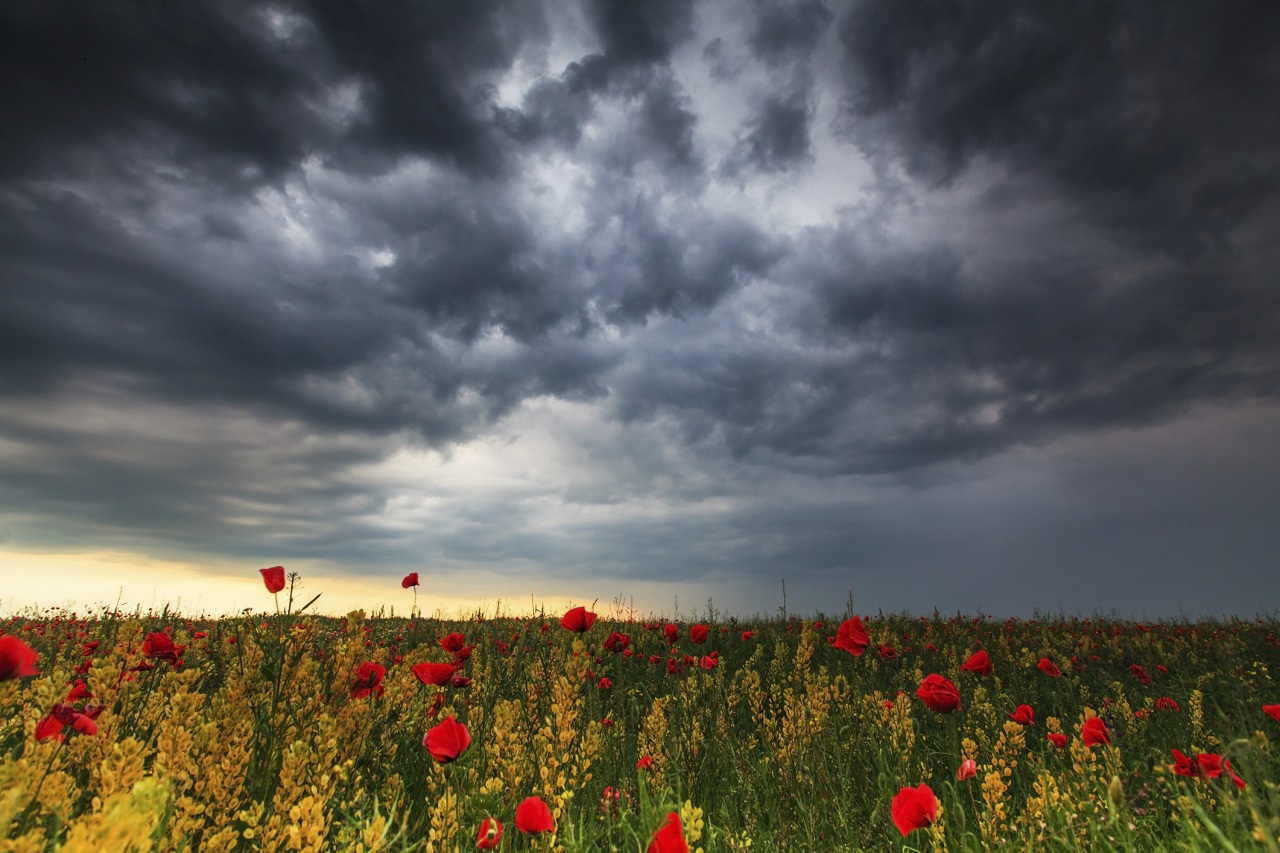How to Protect Your Home and Finances From Storms
Follow these seven simple steps to prepare for volatile weather.


What should I be doing now to protect my home from spring and summer storms?
See Our Slide Show: Spring Home Maintenance Checklist
Some simple steps can make a big difference in protecting your home from wind, hail and water damage. According to Travelers insurance claim data from 2012 to 2014, damage from hail, windstorms and sewer backup occurs more frequently in March through May than at any other time of year. Hurricane season begins on June 1 and lasts through the fall; several tornados have hit recently; and wildfires continue to be a big risk in the West because of the drought.
“There are a lot of things you can do to improve the self-defense system to your house, and many are relatively low-cost and simple maintenance,” says Julie Rochman, president and CEO of the Insurance Institute for Business & Home Safety.

Sign up for Kiplinger’s Free E-Newsletters
Profit and prosper with the best of expert advice on investing, taxes, retirement, personal finance and more - straight to your e-mail.
Profit and prosper with the best of expert advice - straight to your e-mail.
Fix your roof. The snow and ice from this year’s tough winter may have damaged your roof and gutters, which can cause problems during spring storms. Repair any missing shingles or tiles on your roof. Make sure your chimney has a cap on it and doesn’t have cracks, and check that the flashing around the chimney isn’t leaking, says Rochman.
Check your gutters. Clean your gutters, and make sure they’re still draining properly, which you can test during a rainstorm. “Last night, I walked around my house in the pouring rain,” says Scott Humphrey of Travelers. “I wanted to make sure the water was draining down and away from my house.” Fix any areas that are rusted or cracked. Also run your air conditioner, and make sure it’s draining properly.
Seal windows and doors. Make sure the caulking around your windows and doors is sealed. Also seal holes where wires and pipes enter the house. In hurricane-prone areas, consider installing storm shutters, which could give you an insurance discount of up to 25%.
Trim trees. As the leaves return, it’s a good time to have an arborist check your trees and remove dead branches that could become projectiles and cause expensive damage that may not be covered by your homeowners insurance. Trim any branches that could land on your home. “A good rule of thumb is you want trees and limbs to be about 10 feet away from your home,” says Humphrey.
Check your sump pump. Melted snow and rainstorms are raising the water level in lakes, streams and rivers, which can lead to sewage backup problems. Make sure your sump pump is working, and consider a battery-powered backup, which keeps running when the power goes out during a storm (don’t forget to check the battery). Moving electronics and important files off the floor of your basement can help protect them from damage if your basement floods.
Adjust your insurance. Sewage backup isn’t automatically included in most homeowners insurance policies, but you can generally add a rider that adds $20,000 of coverage for less than $100 per year. Flooding (water that enters your home from the bottom up) isn’t covered by homeowners insurance, either, but you can get coverage through the National Flood Insurance Program. Go to www.floodsmart.gov for price quotes and to assess your risk. See Insurance Coverage for Summer Storm Damage for more information. Also see our Is Your Home Fully Protected? tool.
Sign up for storm alerts.The Federal Emergency Management Agency mobile app provides alerts from the National Weather Service, helps you find disaster recovery centers and apply for assistance, and lets you customize an emergency checklist. Also see the National Weather Service’s list of links to other weather alerts. Have a plan ready in case an alert is issued. For example, move lawn furniture inside so it does not create damage during a windstorm, and prepare an emergency kit and a file with insurance and other contact information in case you are evacuated.
Use this tool to find out more about the risks of natural disasters in your area and strategies to help protect your home. Also see the Insurance Institute for Business & Home Safety’s 5 Affordable Home Projects to Prepare for a Hurricane list. Go to the Federal Alliance for Safe Homes’ Protect Your Home page for a list of simple maintenance projects you can do in one year, one day or one weekend to help protect your home. Also see the National Oceanic and Atmospheric Administration’s Spring Storm Safety page and the Insurance Institute for Business & Home Safety Reducing Tornado Damage page.
Get Kiplinger Today newsletter — free
Profit and prosper with the best of Kiplinger's advice on investing, taxes, retirement, personal finance and much more. Delivered daily. Enter your email in the box and click Sign Me Up.

As the "Ask Kim" columnist for Kiplinger's Personal Finance, Lankford receives hundreds of personal finance questions from readers every month. She is the author of Rescue Your Financial Life (McGraw-Hill, 2003), The Insurance Maze: How You Can Save Money on Insurance -- and Still Get the Coverage You Need (Kaplan, 2006), Kiplinger's Ask Kim for Money Smart Solutions (Kaplan, 2007) and The Kiplinger/BBB Personal Finance Guide for Military Families. She is frequently featured as a financial expert on television and radio, including NBC's Today Show, CNN, CNBC and National Public Radio.